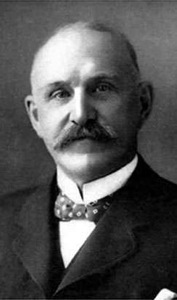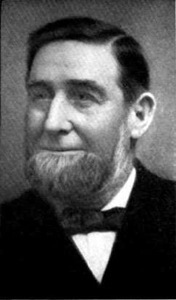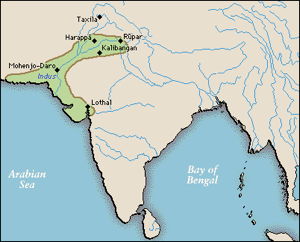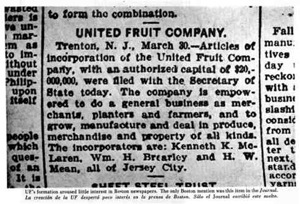



Musa acuminata (AAA) Timeline
5000 BC: In southwest Asia, wall inscriptions left by
ancient civilizations depict the domesticated
banana.
4000 BC:
Excavations in the Indus River Valley
indicate the development and cultivation
of the Musa acuminata (AAA).
600-450sBC: Indian artisans belonging to the
city of Ajanta honored the banana in decorative
wall paintings. In addition, the banana made its
first appearance in historical literature in the
holy Hindu book of Ramayana.
600s: The first banana capital was established in
Mocha an ancient Arab port city. A version of the city’s
name gave the fruit its Latin name, musa. Also during this
time period, the holy book of Islam the Koran portrayed
the banana as the forbidden fruit in the Garden of Pardise.
700s - 1200s: The Moors (North African Arabs) occupied Spain
establishing bananas in several Spanish cities.
1400s: Portuguese traders sailed along
Africa’s west coast seeing the banana plants
as a new business venture. In learning about
the cultivation of these plants the traders
inventing the common name for the plant
which we all know as the “banana”.
1516: A Spanish priest named,Friar Tomas de Berlanga, carried banana plants from the Canary Islands to the Caribbean island of Hispaniola. This new fruit soon took off and spread throughout Central America and South America reaching as far as Peru.
1870: A sea captain from New England,
Lorenzo Baker, bought bananas in the
Caribbean island of Jamaica. Traveling
10-12 days, Baker docked in New Jersey
and sold the fruit for top dollar.
Baker went on to team up with a produce
merchant named Andrew Preston.
These two partners then merged with
other produce companies to form the
1870-1890s-- Present: A New Yorker named Minor Keith went to Central America to build a railroad. He planted banana plants along the edge of the railroad in order to have the first banana crop freight. This railroad connected with the U.S. ships to transport this crop to the southern portion of the states. Eventually, Keith joined the Boston Fruit Company in 1899 renaming the organization to the United Fruit Company of today.
Copyright 2007 by Chiquita Brands, L.L.C







